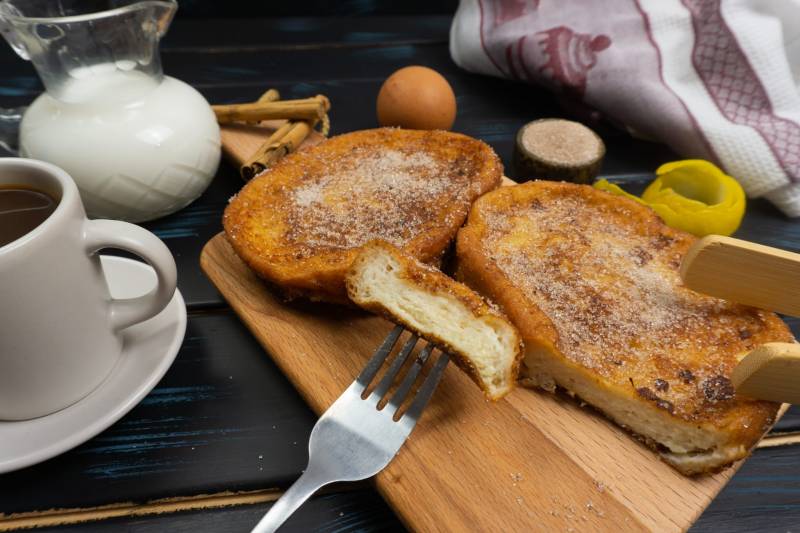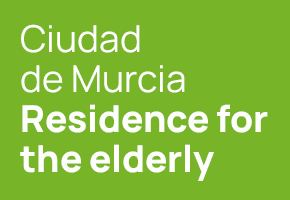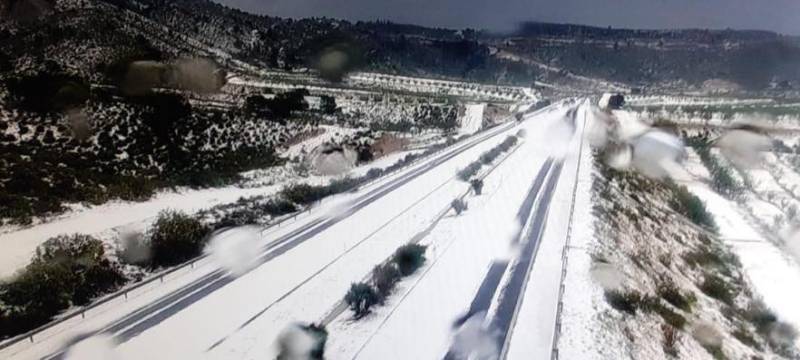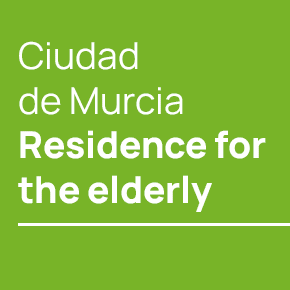- Region
- Águilas
- Alhama de Murcia
- Jumilla
- Lorca
- Los Alcázares
- Mazarrón
- San Javier
-
ALL AREAS & TOWNS
- AREAS
- SOUTH WEST
- MAR MENOR
- MURCIA CITY & CENTRAL
- NORTH & NORTH WEST
- TOWNS
- Abanilla
- Abarán
- Aguilas
- Alamillo
- Alcantarilla
- Aledo
- Alhama de Murcia
- Archena
- Balsicas
- Blanca
- Bolnuevo
- Bullas
- Cañadas del Romero
- Cabo de Palos
- Calasparra
- Camping Bolnuevo
- Campo De Ricote
- Camposol
- Canada De La Lena
- Caravaca de la Cruz
- Cartagena
- Cehegin
- Ceuti
- Cieza
- Condado de Alhama
- Corvera
- Costa Cálida
- Cuevas De Almanzora
- Cuevas de Reyllo
- El Carmoli
- El Mojon
- El Molino (Puerto Lumbreras)
- El Pareton / Cantareros
- El Raso
- El Valle Golf Resort
- Fortuna
- Fuente Alamo
- Hacienda del Alamo Golf Resort
- Hacienda Riquelme Golf Resort
- Isla Plana
- Islas Menores & Mar de Cristal
- Jumilla
- La Azohia
- La Charca
- La Manga Club
- La Manga del Mar Menor
- La Pinilla
- La Puebla
- La Torre
- La Torre Golf Resort
- La Unión
- Las Palas
- Las Ramblas
- Las Ramblas Golf
- Las Torres de Cotillas
- Leiva
- Librilla
- Lo Pagan
- Lo Santiago
- Lorca
- Lorquí
- Los Alcázares
- Los Balcones
- Los Belones
- Los Canovas
- Los Nietos
- Los Perez (Tallante)
- Los Urrutias
- Los Ventorrillos
- Mar De Cristal
- Mar Menor
- Mar Menor Golf Resort
- Mazarrón
- Mazarrón Country Club
- Molina de Segura
- Moratalla
- Mula
- Murcia City
- Murcia Property
- Pareton
- Peraleja Golf Resort
- Perin
- Pilar de la Horadada
- Pinar de Campoverde
- Pinoso
- Playa Honda
- Playa Honda / Playa Paraíso
- Pliego
- Portmán
- Pozo Estrecho
- Puerto de Mazarrón
- Puerto Lumbreras
- Puntas De Calnegre
- Region of Murcia
- Ricote
- Roda Golf Resort
- Roldan
- Roldan and Lo Ferro
- San Javier
- San Pedro del Pinatar
- Santiago de la Ribera
- Sierra Espuña
- Sucina
- Tallante
- Terrazas de la Torre Golf Resort
- Torre Pacheco
- Totana
- What's On Weekly Bulletin
- Yecla


- EDITIONS:
 Spanish News Today
Spanish News Today
 Alicante Today
Alicante Today
 Andalucia Today
Andalucia Today
Date Published: 18/04/2025
What on earth is a torrija? Spain’s most irresistible Easter treat explained
This sweet Spanish spin on French toast is everywhere this Holy Week – here’s what it’s made of and why it’s so beloved
 As Semana Santa (Holy Week) celebrations take over Spain this week, you may have noticed something sweet popping up in bakeries, cafés and homes across the country – the humble but delicious torrija. But what exactly is it?
As Semana Santa (Holy Week) celebrations take over Spain this week, you may have noticed something sweet popping up in bakeries, cafés and homes across the country – the humble but delicious torrija. But what exactly is it?A torrija is Spain’s answer to French toast – slices of stale bread soaked in milk (or sometimes wine), dipped in egg, fried until golden, and finished off with sugar, cinnamon and honey. It’s a simple, comforting dessert that’s deeply rooted in tradition and especially popular at Easter.
The origins of the dish can be traced back to Roman times, where early versions were made by soaking bread in milk. However, the modern torrija as we know it today first appeared in the 16th century, mentioned in a satirical poem by Spanish writer Juan de la Encina. Back then, it was considered a cheap and hearty food – a clever way of using up old bread during Lent, when meat was off the menu.
As the Royal Spanish Academy defines it, a torrija is "a slice of bread soaked in milk or wine, dipped in egg, fried, and sweetened". Variations of the dish exist across Europe – think French pain perdu, American French toast or Germany’s Fotzelschnitten – all using similar ingredients to turn stale bread into something indulgent.
Over time, torrijas have become a beloved staple of Holy Week. They’re not only easy to make at home but are also widely available in bakeries during Easter. In fact, Madrid even hosts an annual Torrija competition, celebrating the best of this sweet seasonal classic.
In some regions, including Menorca, they’re even considered a good energy boost for pregnant women and the unwell.
Fancy giving them a go?
Here’s a simple recipe to try at home:
Ingredients:
• 250ml milk
• Zest of one lemon
• ¼ loaf of French bread, sliced thickly
• 1 egg, lightly beaten
• Good quality olive oil (for frying)
• ¼ cup sugar
• ¼ teaspoon ground cinnamon
• ½ cup water
• 1 tablespoon honey
• Kitchen paper
Method:
1. Warm the milk in a saucepan with half the sugar (⅛ cup) and the lemon zest. Remove from heat just before it boils and let it cool slightly.
2. Soak the bread slices in the warm milk mixture until soft but not falling apart. Let them rest briefly to absorb the liquid.
3. Dip each slice into the beaten egg, coating both sides.
4. Heat a generous layer of olive oil in a frying pan and fry the slices until golden and crisp on both sides.
5. Place the cooked slices on kitchen paper to absorb excess oil.
6. Mix the remaining sugar with the cinnamon and sprinkle over the torrijas.
7. In a saucepan, combine the remaining sugar-cinnamon mix with the honey and water. Simmer gently for about 20 minutes until it becomes a light syrup.
8. Pour the syrup over the fried slices and chill in the fridge for at least an hour before serving.
It’s a treat that’s stood the test of time – and once you’ve tried one, you’ll understand why.
Image: wirestock/Freepik
Loading
Sign up for the Spanish News Today Editors Roundup Weekly Bulletin and get an email with all the week’s news straight to your inbox
Special offer: Subscribe now for 25% off (36.95 euros for 48 Bulletins)
OR
you can sign up to our FREE weekly roundup!
Read some of our recent bulletins:
Discount Special Offer subscription:
36.95€ for 48 Editor’s Weekly News Roundup bulletins!
Please CLICK THE BUTTON to subscribe.
(List price 3 months 12 Bulletins)
Read more stories from around Spain:
Contact Murcia Today: Editorial 000 000 000 /
Office 000 000 000




































